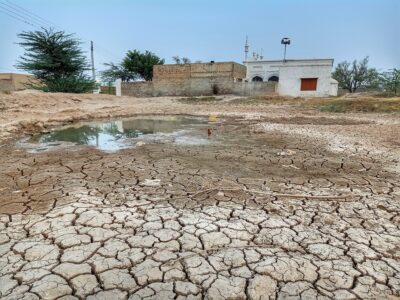
The Elqui River basin in Chile’s Coquimbo region is one of the driest places on Earth. It receives only about 100 millimeters (4 inches) of rain each year, and most of it during one short rainy season. The rainfall is also highly variable. In some years, the region will get close to zero rainfall, while in others it will get five times the normal amount. All of this presents quite a challenge to those managing the Elqui basin’s water resources, which provides drinking water for two cities and irrigation for large vineyards, small farmers and goat herders.
The Elqui River is fed by snowmelt from the Andes and that collects in two large reservoirs, one of which is the Puclaro Reservoir. A widespread, multiyear drought that started in 2009 has depleted the Puclaro to only 10 percent of its capacity as of May 2013. Old villages that were abandoned and inundated after the Puclaro dam was built are now completely exposed and bone dry.
Since 2010, the Earth Institute’s International Research Institute for Climate and Society along with UNESCO and their colleagues in Chile have been working with Elqui’s water authority to help them use seasonal forecasts as way to better allocate water and prepare for droughts.
The water authority used these forecasts to generate water availability estimates for the first time in 2012. Now the goal is to better-integrate the climate information into policies that impact water management across the region.
To learn more about the people of the Elqui basin and IRI’s work there, take a look at a new visual story IRI has put together for World Day to Combat Desertification (#WDCD2013). Note: there’s an audio track of ambient sounds from Elqui that will play automatically.




Dry climate water conservation begins with the management of solar radiation :
http://www.wilsoncenter.org/sites/default/files/russell_seitz_soft_geo_powerpoint.pdf